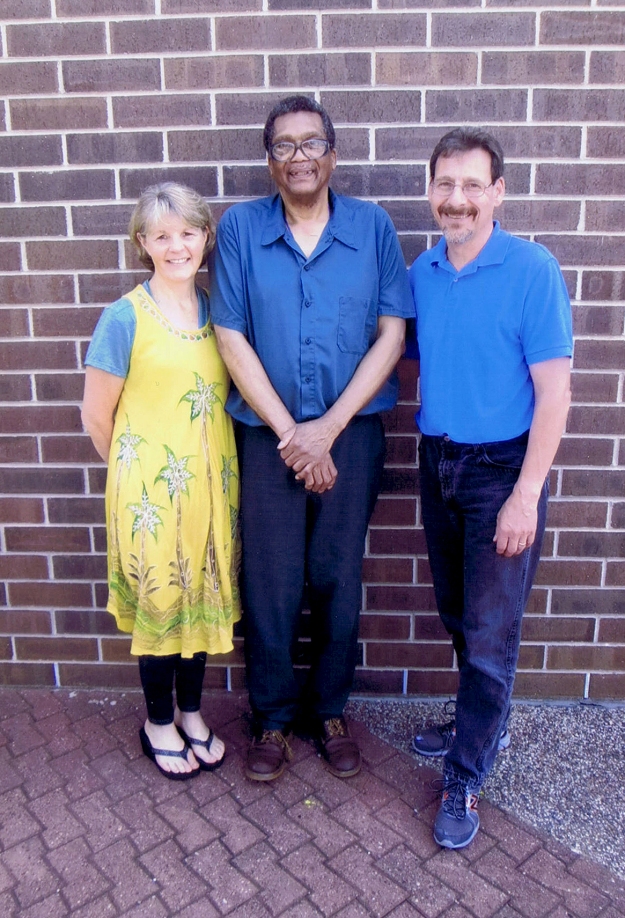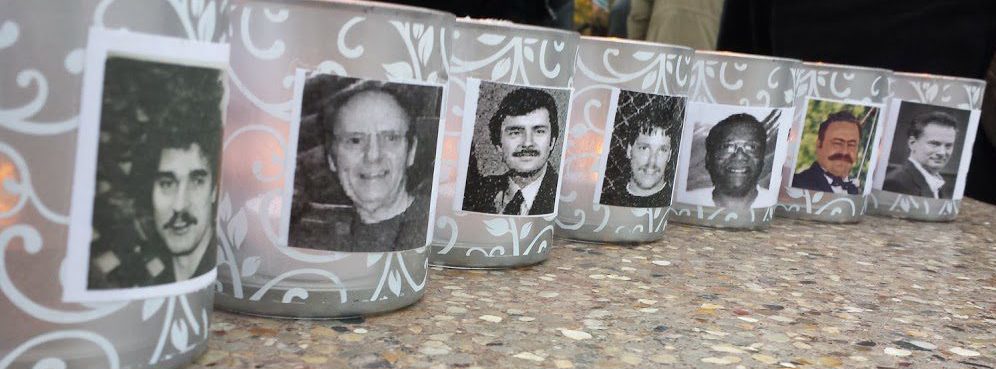“How can we not talk about family when family is all that we got?”
This phrase is from a popular pop song featuring Wiz Khalifa and Charlie Puth called See You Again. In my opinion it echoes the often hidden and most obvious element of wrongful convictions; the heartbreak that is a mainstay of the lives left in the wake. Hearing it prompted my recollection of a specific video clip from 1995 that was televised in Green Bay, Wisconsin following a sentencing hearing that landed six innocent men in prison for life. Although it clearly represents the pain and suffering typical in these cases, that taboo subject almost never gets addressed. But the screams that were heard decades ago, still hauntingly beckon for justice.
This public display of emotion embodies the horrors the victims face and an inability to heal over time. This was apparent at a new three-day evidentiary hearing in Green Bay on July 8th, 9th and 22nd, 2015. My sister, Clare, and I heard firsthand accounts of egregious tactics and bullying bestowed upon ordinary blue collar mill workers and their families during the original investigation. Witnessing the fear and anguish still present today (as depicted in this more recent You Tube trailer), caused us both to utter out loud, our disgust and concern for these victims.
On Saturday, July 11th following the first two days of intense testimony, my husband, Mike, and I traveled to Oshkosh Correctional for a long awaited visit with Reynold Moore, one of the six men. Visiting privileges allowed us to stay for three full hours but because of the timing of an inmate recount, it was extended an additional half hour.
When Rey entered the lounge, he spotted us and waved excitedly touting a big smile. He walked over and embraced us both as though we were old friends. His hearty laugh exhibited warmth and sincerity and we instantly felt the tension of the past few days fall away. Mike and I felt this diversion was good for all three of us due to our knowledge of the personal concerns Rey faces and has shared in his letters. But at that moment on this day none of it was going to suppress Rey’s enthusiasm…or ours.
During our conversation we discussed the disturbance in the courtroom on that fateful day in 1995. Rey told us that the screams had come from his daughter and others in his family. It prompted me to ask Rey when he truly understood that he would be sent to prison. Rey stated it wasn’t until the moment he heard the judge’s rulings after the guilty verdicts were read aloud. All along, Rey and his family falsely believed in the integrity of the system and that the truth would prevail and absolve him of wrongdoing.
Rey had mentioned prior to our visit that the lounge restaurant would be open and he expressed his desire to buy us breakfast. We decided on the morning special; a chorizo breakfast burrito, fried potatoes, and a yogurt and fruit cup. When we expressed our apprehension about him having to pay for our meals out of his own funds he gave us a concerned look and asked that we grant him this pleasure. The food was quite tasty and especially enjoyable while sharing this time with our special friend. As we devoured this feast we exchanged tears of sadness and hearty laughter. As in the other prison visits, time passed quickly.
We relayed greetings and best wishes from numerous people. Rey, in turn, expressed gratitude toward Mike for generously and actively supporting me and participating in this mission; a common feeling among all of the men. Mike has become one of their many heroes. During much of our time together we focused on the positives of the hearing; the heroism from the witness stand. We discussed the portrayal of this hearing by the local media.
It’s refreshing to hear how insightful these men are about what happened to them. They have no illusions about how this case played out. They have a good grasp on their feelings towards those who took everything from them. It’s also no surprise and a lesson for us all that they choose to rise above harboring anger and revenge, unlike their critics. Rey talked about his religious faith and how it guides him. In each of these men we also see an absence of criminal behavior. Their true character seems to be lost on their captors.
Rey wanted to have pictures taken. He ordered five copies so he could keep two for himself. He said he has a special place on his cell wall for pictures of loved ones and supporters that help him maintain his sanity. This time, the prison had strict guidelines about touching an inmate during any photo so we got as close as we possibly could without violating protocol.*
Rey was okay with that. “You know, that’s just the way it is,” he said. And well…isn’t that the genuine nature of Reynold Moore…a person who focuses on the positive and who is all about family. And how can we not talk about that?

Reynold Moore with Mike and Joan Treppa
*No one seemed to be the wiser as both Mike and I slipped our arms around Rey’s back as we all smiled for the camera.













